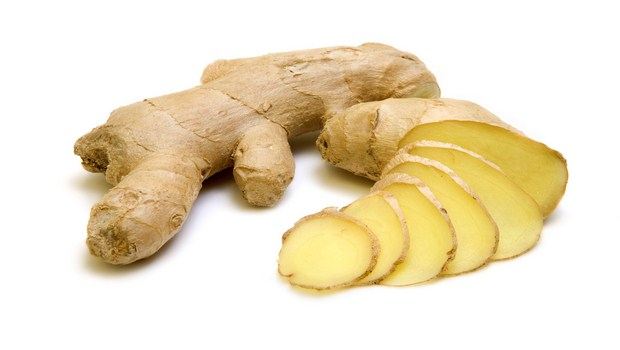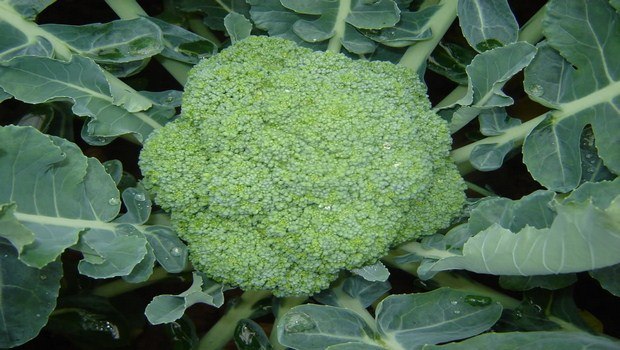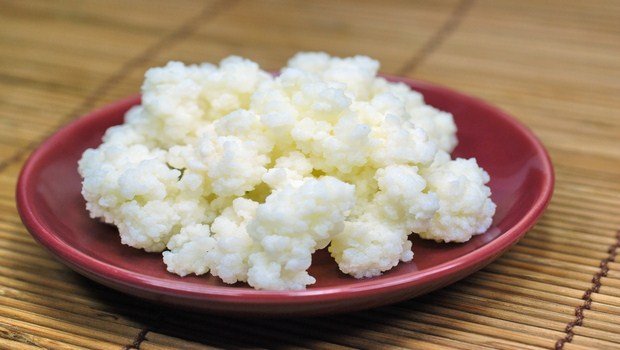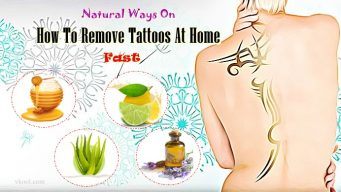
Many people relish the thought of downing a frosty-cold glass of milk, eliminating a bowl of creamy ice cream, or biting into a slice of cheesy pizza. It is estimated that about 30-50 million Americans, despite in their dairy products, could trigger bloating, gas and cramping. The common problem those people share is lactose intolerance.
wsbarberschool.com/wp-content/languages/new/personal-statement-writers.html
Milk as well as other dairy products might be the main source of nutrients; thus, being unable to tolerate a whole food group could make some kids and adults feel as if they are missing out something important.
wsbarberschool.com/wp-content/languages/new/how-to-write-paper.html
However, there are still many ways that you could take all the calcium your own body needs without triggering any uncomfortable consequences.
The main reason why some individuals could not digest dairy products is that they lack the enzyme lactase, which is essential to break down lactose in the small intestine. They might be missing a little or a lot of the enzyme. It is said that depending on the degree of enzyme shortage, consuming dairy products, like cottage cheese, or ice cream, could trigger bouts of cramps, nausea, gas, bloating or diarrhea, often 30 minutes or later.
If you suspect that you might be lactose intolerant, then you might want to know how to treat lactose intolerance symptoms effectively. Fact is, there is no cure for lactose intolerance. The best way to handle it is to limit your consumption of milk and dairy products as well as foods that contain lactose.
wsbarberschool.com/wp-content/languages/new/homework-help.html
Needless to say, you should consult your doctor to get the proper treatment. Besides, it is also helpful for you to know some important tips below. These home remedies, collected by VKool.com , will help ensure you receive your daily necessary amount of calcium.
How To Treat Lactose Intolerance Symptoms – 10 Safe Ways
1. Understand Your Lactose Threshold

This is the first and foremost tip on how to treat lactose intolerance symptoms you should know. The level of lactose intolerance varies from person to person. In order to assess your degree of lactose intolerance, you should avoid consuming any lactose for 3-4 weeks in order to eradicate it from your whole system. After that, begin adding back small amounts of cheese or milk into your current diet and start checking your lactose intolerance symptoms carefully to determine the amount that you could deal with without any problem.
It is found that the majority of people with lactose intolerance could tolerate up to 12 grams of lactose as one dose, particularly if taken with other food, on average.
Also, it is worth noting that an exact threshold that works for all, nevertheless, could not be determined because of variations in tolerance of each person. Thus, when drinking or eating dairy products, you should opt for small servings of up to ½ cup or 4 ounces at a time. It will be less likely to lead to gastrointestinal problems. Drinking milk along with other foods also lessens the problems by slowing down the digestive process.
2. Kefir
Similar to yogurt, kefir could also be used as a probiotic for a strong digestive system. According to a study, researchers discovered that kefir and yogurt could help accelerate lactose digestion and decrease the symptoms of lactose intolerance. Kefir has lots of active, live bacterial cultures which help break down lactose within the digestive tract. Moreover, it is also a good source of potassium, calcium and protein.
You could drink a half of cup of kefir milk each day and steadily increase the taken amount depending on how much you are able to tolerate without suffering from any problem.
Related articles about health issues:
Home cures for fatty liver you can apply today
3. Cheese And Yogurt

Most individuals with lactose intolerance could tolerate products like hard cheese and yogurt in moderation as they have low levels of the enzyme lactase. Full-fat dairy products often have lower quantities of lactose in comparison with non-fat or low-fat varieties. Fat tends to slow the passage of lactose within the digestive system.
You had better consume probiotic yogurt having live cultures. The active, live bacterial cultures can help break down lactose and relieve gastrointestinal discomfort. Besides, Greek yogurt has less enzyme lactase that regular yogurt as much of its whey protein might be strained out in its processing.
You could consume full-fat cottage cheese as well as aged hard cheeses like Swiss and cheddar cheese.
4. Milk Substitutes

In regard to tips on how to treat lactose intolerance, using healthy milk substitutes like soy milk, coconut milk , rice milk, almond milk, oat milk and hemp milk. In case you are not familiar with the taste of these substitutes, you could begin with adding any of them as a replacement for milk in your baked foods.
Furthermore, begin with small amounts and choose vitamin D and calcium-fortified plant-based milks. Also, you could substitute butter with the coconut oil and even fruit purees such as banana, applesauce or prune.
However, you should note that sometimes, non-dairy choices might also lead to gastrointestinal problems because they might include guar gum (a popular food additive that might occasionally lead to digestive problems) to add the thickness.
5. Lactase Supplement
By using lactase supplements, you could help replace the lactase enzyme which your own body is not producing enough. As a result, this helps you digest lactose, therefore decreasing gastrointestinal problems. You can take 1-3 lactase tablets before consuming foods including lactose. Also, add a lactase supplements (2,000 IU) to milk (500 ml or 2 cups) instantly before consuming it.
These supplements might not be suitable for pregnant women and young children. Moreover, supplements might not work for everyone.
6. Ginger

Another way on how to treat lactose intolerance is ginger which can reduce abdominal gas and nausea. You can use ginger to relieve your gastrointestinal problems resulted by lactose intolerance or indigestion.
Add one teaspoon of the grated ginger to one cup of boiling water. Then, lit it simmer for several minutes. Strain that solution before adding a little honey and lemon juice into it. You had better drink about 3 cups of the ginger tea every day in order to relieve symptoms quickly.
You can check some benefits of ginger to know how to use it properly.
7. Apple Cider Vinegar

Having a lot of benefits, apple cider vinegar is useful for reducing lactose intolerance because it supports digestion, particularly in the first stages. Also, it works as an effective treatment to neutralize the acid within your stomach and other digestive problems resulted by lactose intolerance.
Just simply mix 1 tablespoon of unfiltered, raw apple cider vinegar in one glass of water. Then, drink it every day for at least several weeks.
Check out further positive effects of apple cider vinegar to take advantage of it effectively.
8. Chamomile

You can opt for chamomile tea as a solution for relieving the discomfort resulting by your lactose intolerance. It can help neutralize the stomach acid while also decreasing bloating. Another added good effect of chamomile is that it enhances relaxation.
You can add 2 tablespoons of dried chamomile flowers to one cup of the hot water. Then, cover it up; let it steep for 5 minutes before straining it up.
You had better drink this solution a few times per day to get good results.
9. Take Essential Nutrients

Because milk and dairy products are the main source of some nutrients, particularly calcium, limiting their consumption could be harmful for your nutritional demands. Calcium is necessary for your healthy bones and teeth. Therefore, you choose to take other options and make smart choices of food in order to add other sources of nutrients to your diet.
You should consume whole grains; lentils; beans; green leafy veggies such as collards, broccoli, and spinach; soy products, blackstrap molasses; dried fruits, nuts and seeds; and calcium-fortified juices in order to enrich your own body with necessary vitamins and minerals as well as fatty acids.
Additionally, you had better also consult your doctor about taking vitamin D and calcium supplements.
10. Check The Product Labels

Those processed and packaged foods could be hidden sources of lactose. You had better check the labels of nutrition carefully to see whether or not they include milk, dry milk solids or non-fat dry milk powder. Those instant breakfast cereals, soups, candies, non-dairy creamers, margarine, salad dressings, breads, processed meats and other baked good usually include lactose and milk.
Moreover, you could choose lactose-decreased or lactose-free products which are available at almost supermarkets.
You have discovered 10 out of most practical tips on how to treat lactose intolerance that could help take enough essential nutrients whilst still staying away from discomfort of lactose intolerance.
For any comment, you could drop words below this How To post. We will feedback soon.
Want More Content Like This In Your Inbox?
- How To Get Over The Fear Of Driving A Car For The First Time
- Healthy Foods That Fill You Up Fast, Not Out, Are Exposed
- Top 17 Natural Benefits Of Rooibos Tea For The Overall Health
- Chicken pox scars treatment: 18 useful tips
- 22 most famous French dishes & their names you should know
- How to have healthy eyes naturally at home – 31 tips to act now!
- 12 Tips Of Natural Treatment For Anosmia You Should Know
- Health and nutritional benefits of grapefruit – 9 advantages
























 How To Remove Oil From Face Naturally At Home
How To Remove Oil From Face Naturally At Home  24 Best Tips How To Reduce Waist At Home
24 Best Tips How To Reduce Waist At Home  How To Get Fit Fast At Home: 16 Tried And True Tips
How To Get Fit Fast At Home: 16 Tried And True Tips  How to treat hives naturally at home – 6 tips
How to treat hives naturally at home – 6 tips  34 Recipes on how to make aftershave at home
34 Recipes on how to make aftershave at home  How to treat cystitis naturally at home – 7 tips
How to treat cystitis naturally at home – 7 tips  How To Naturally Regrow Lost Hair In 15 Minutes A Day Pdf Review
How To Naturally Regrow Lost Hair In 15 Minutes A Day Pdf Review  17 Tips On How To Remove Hair Dye From Skin And Face
17 Tips On How To Remove Hair Dye From Skin And Face  How To Avoid Distractions At Work And In Life
How To Avoid Distractions At Work And In Life